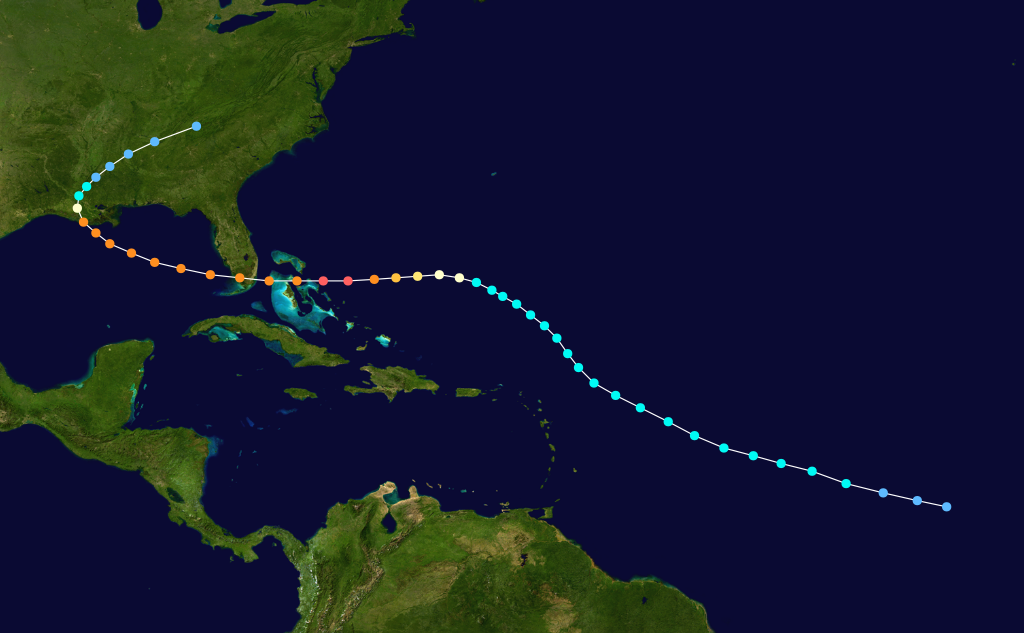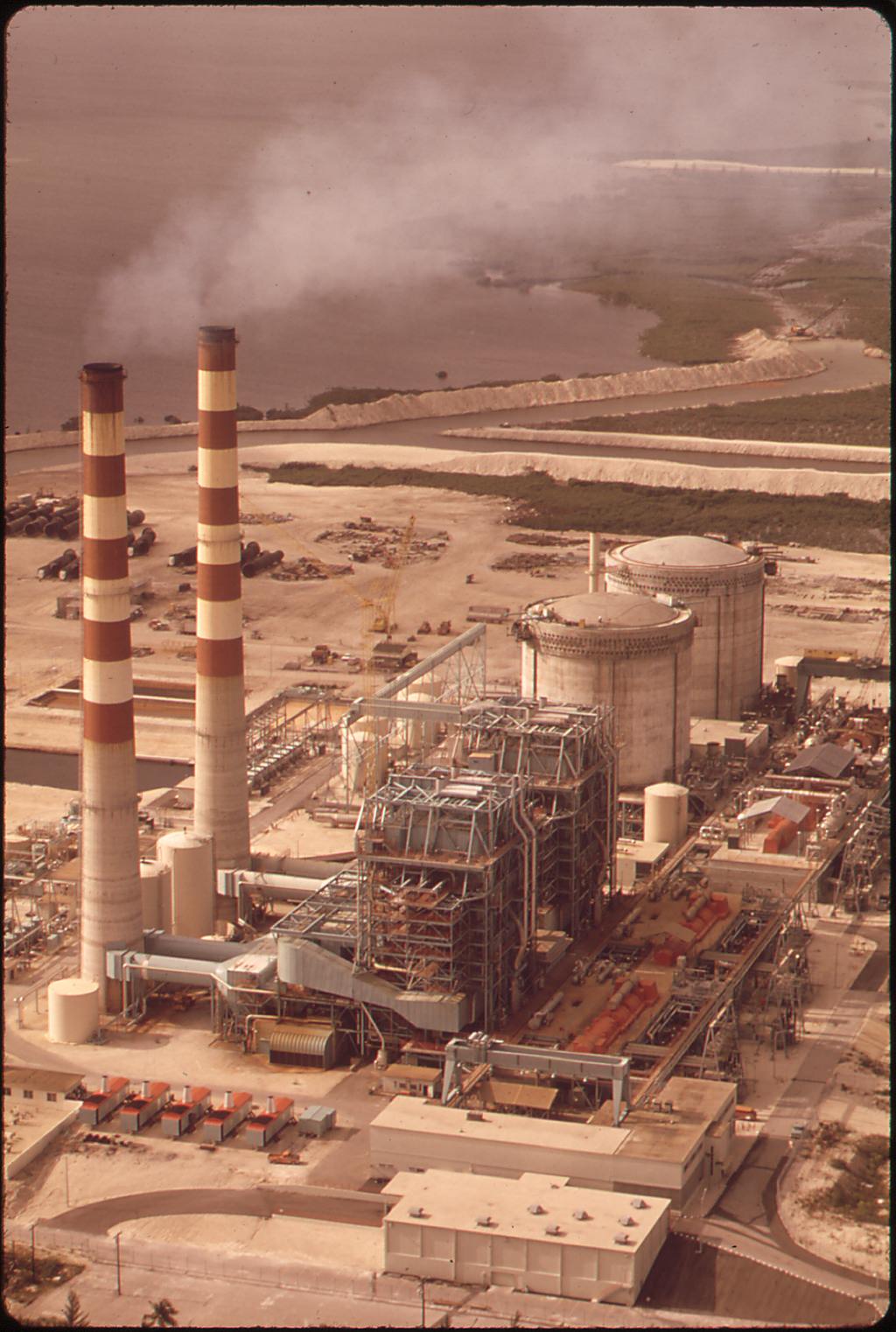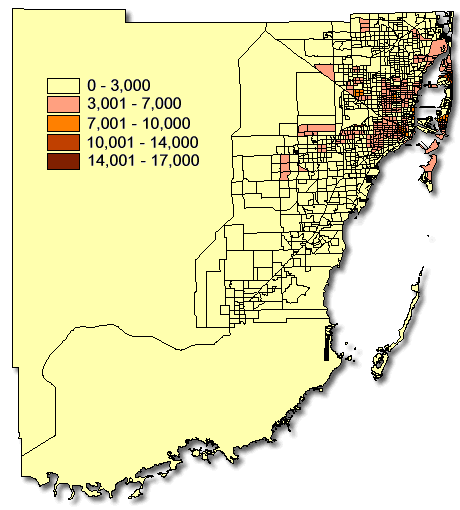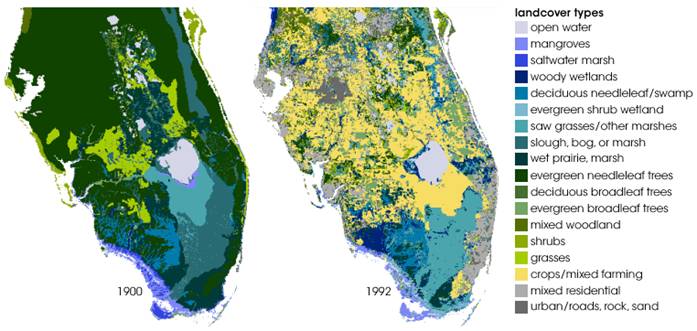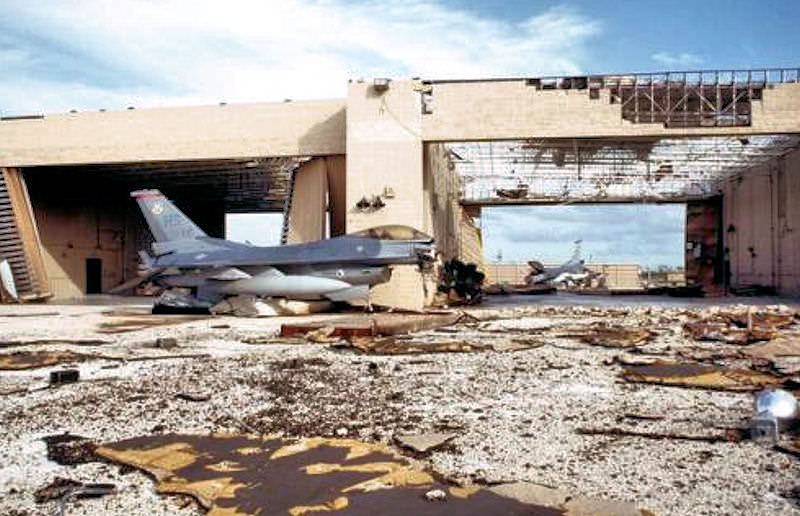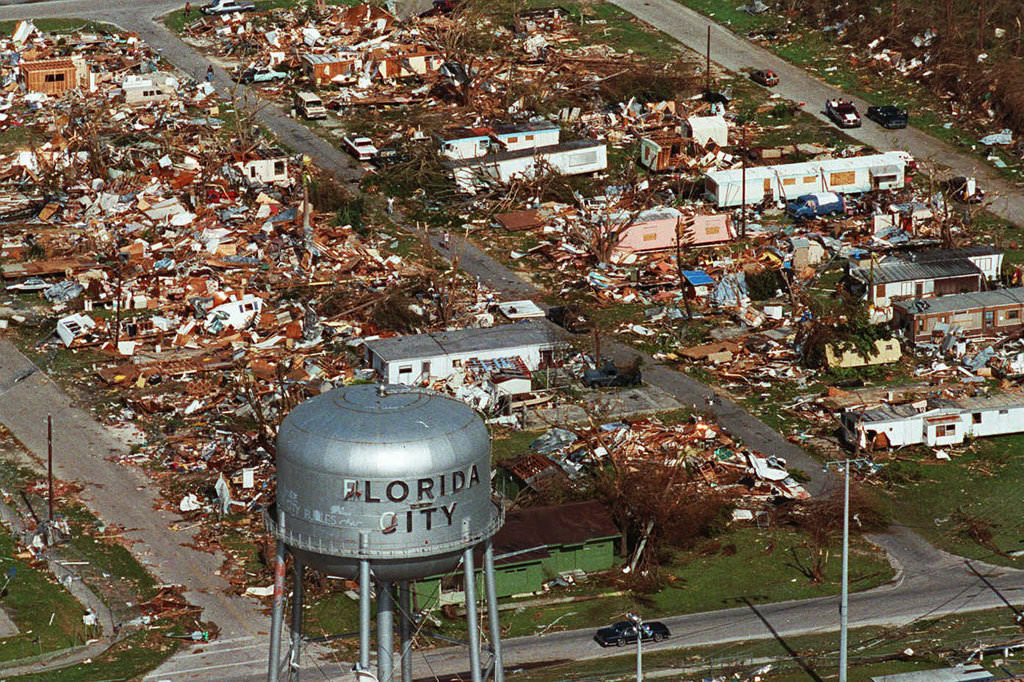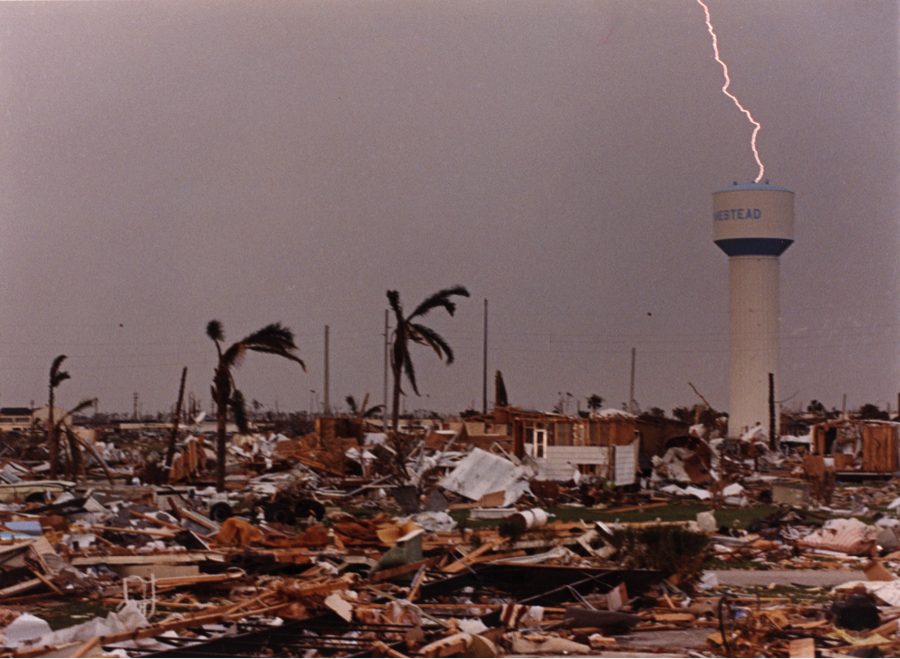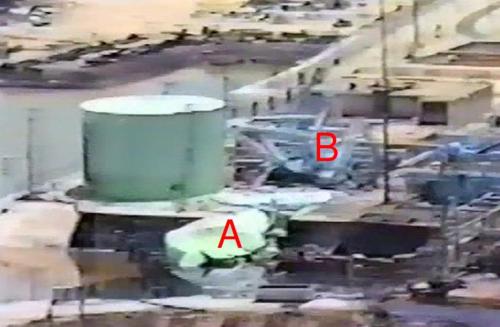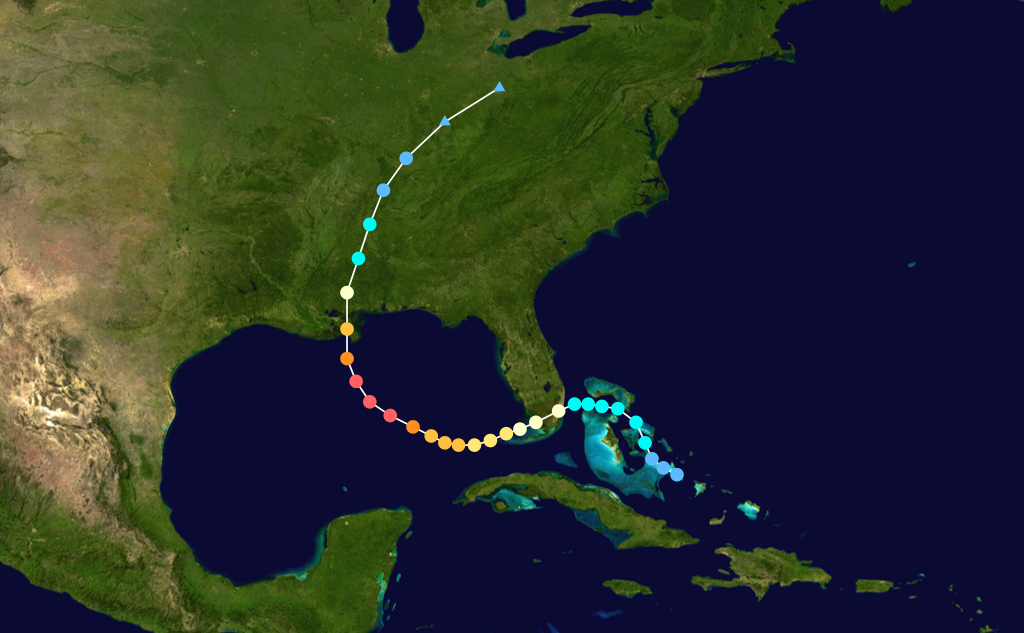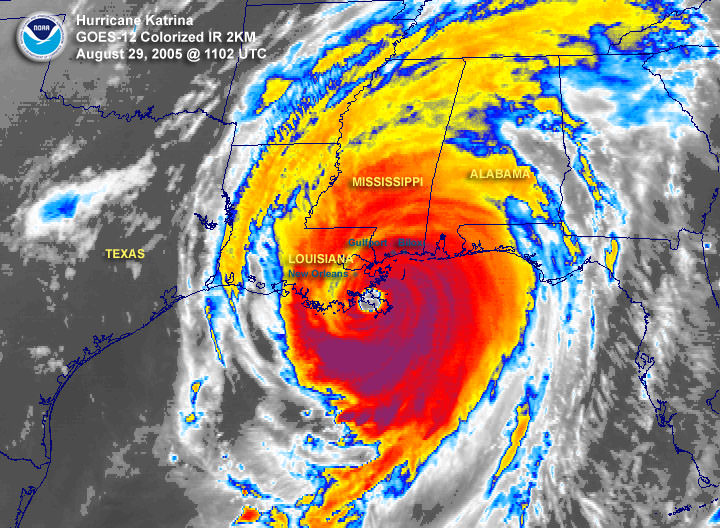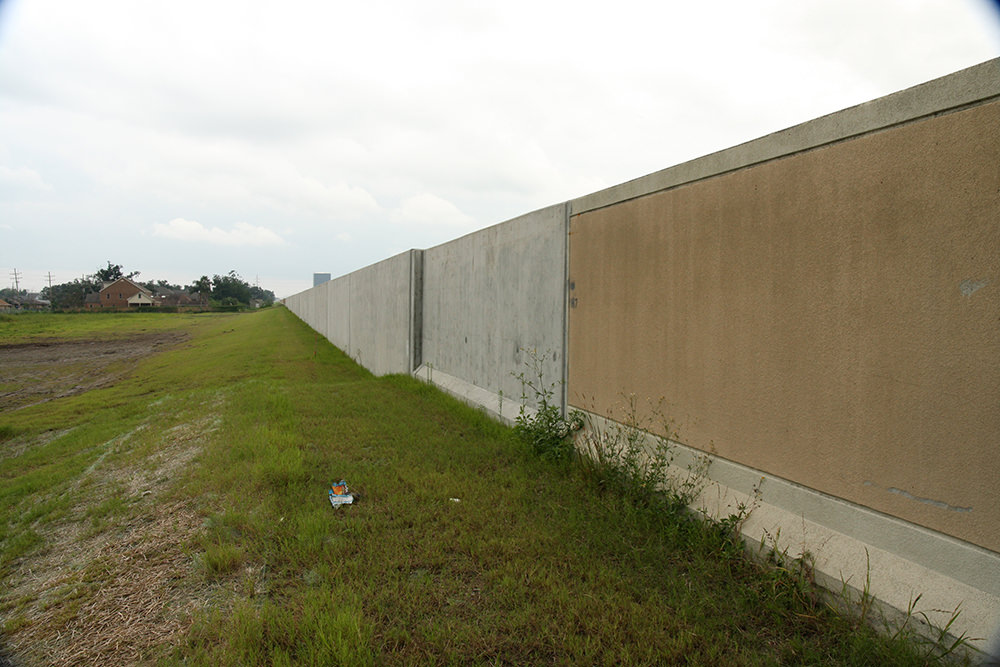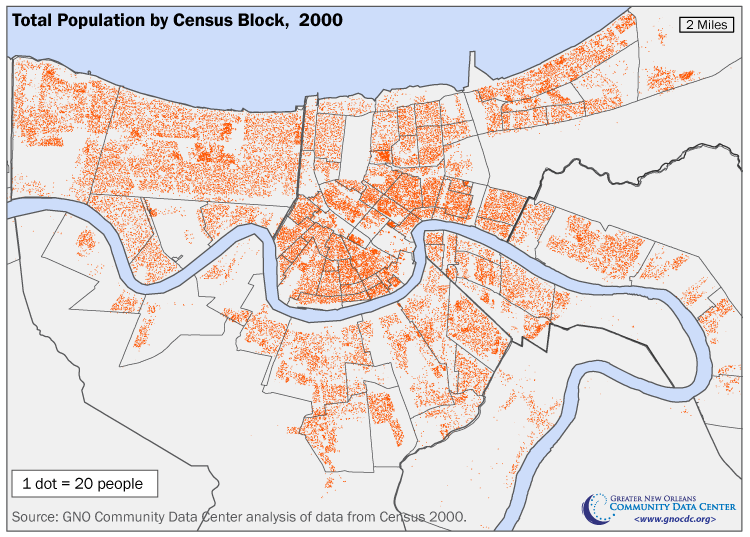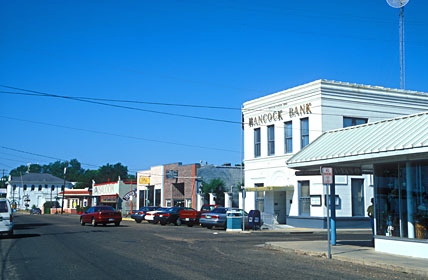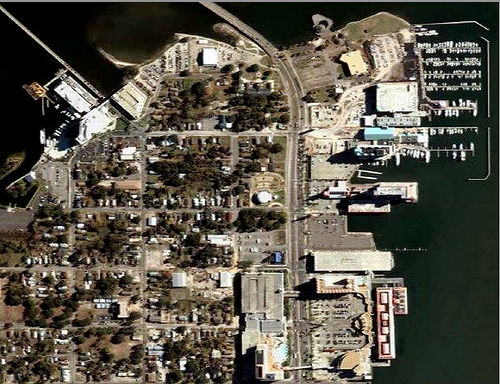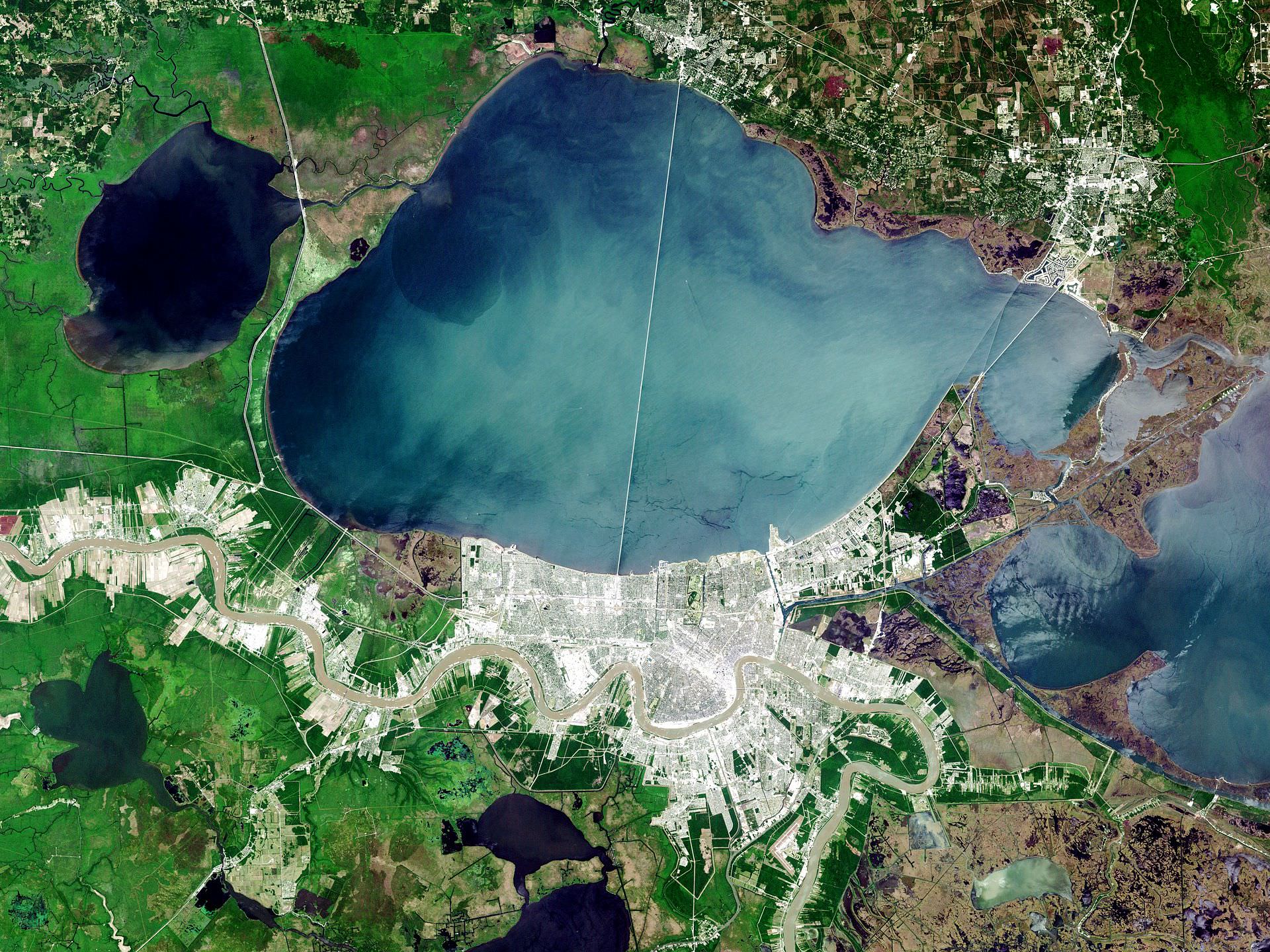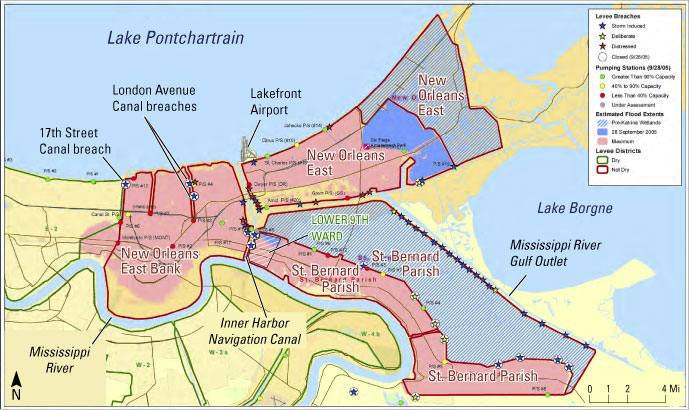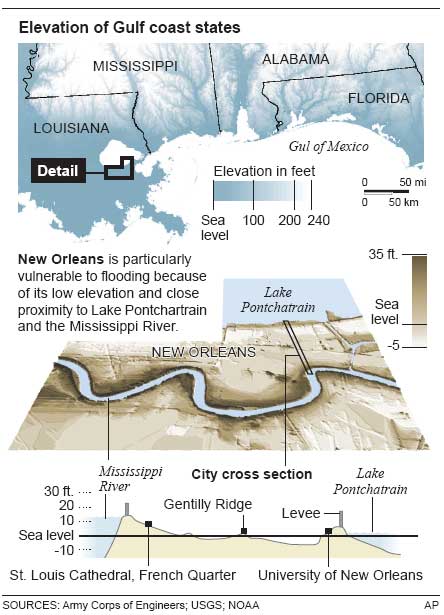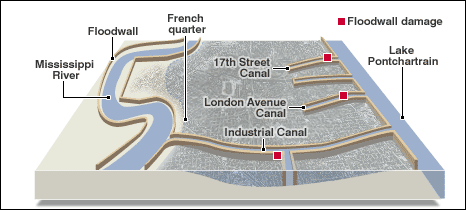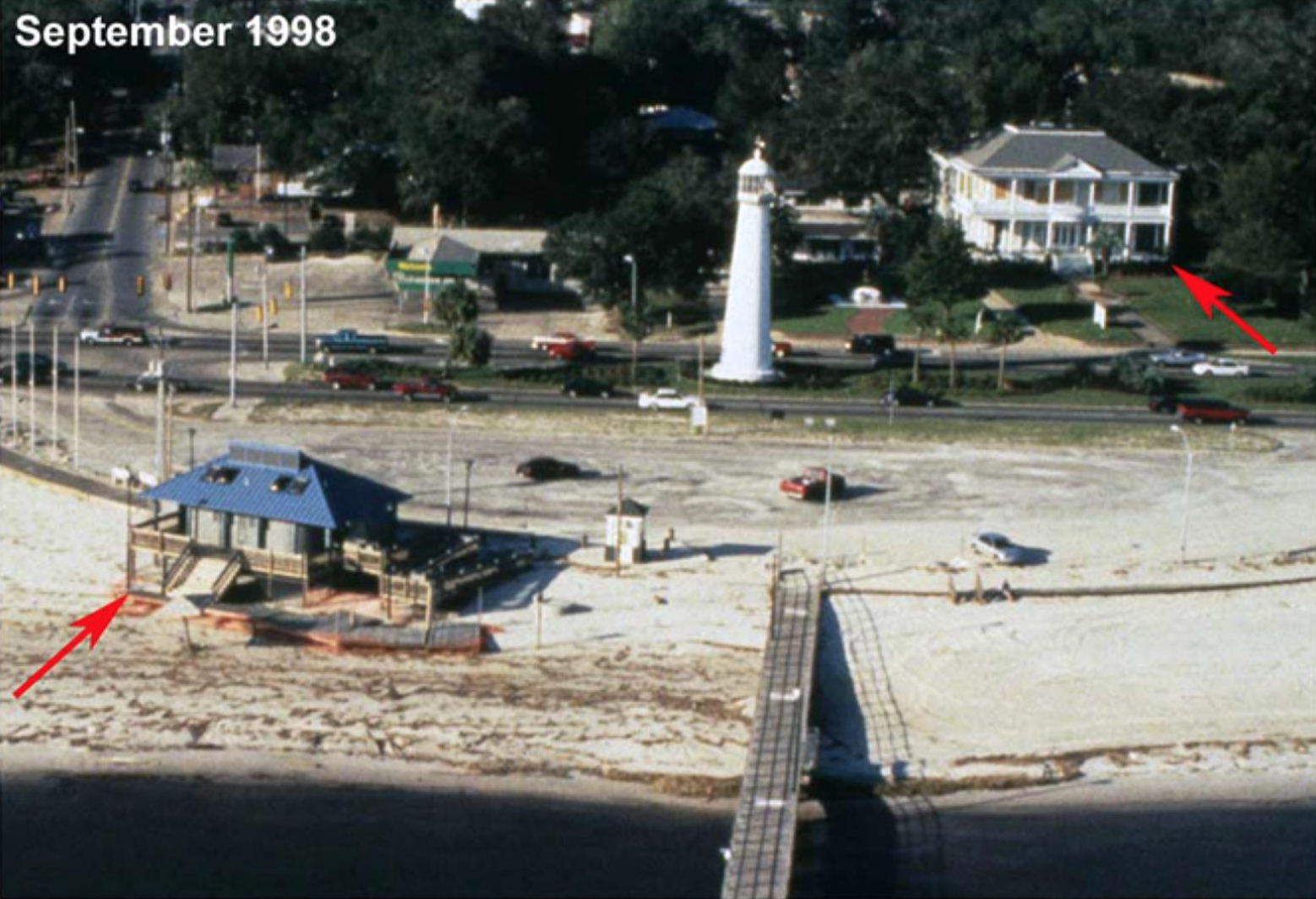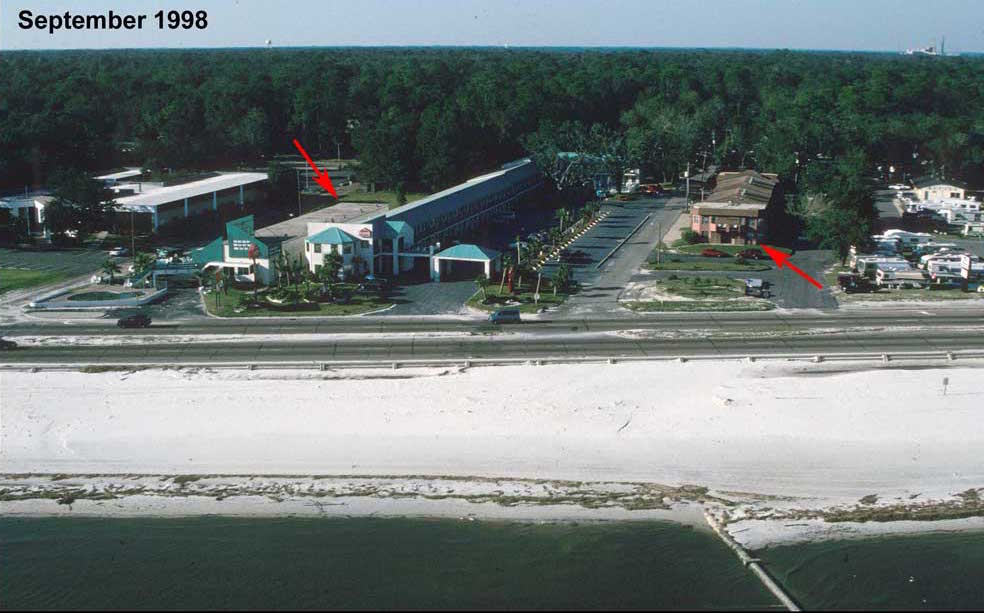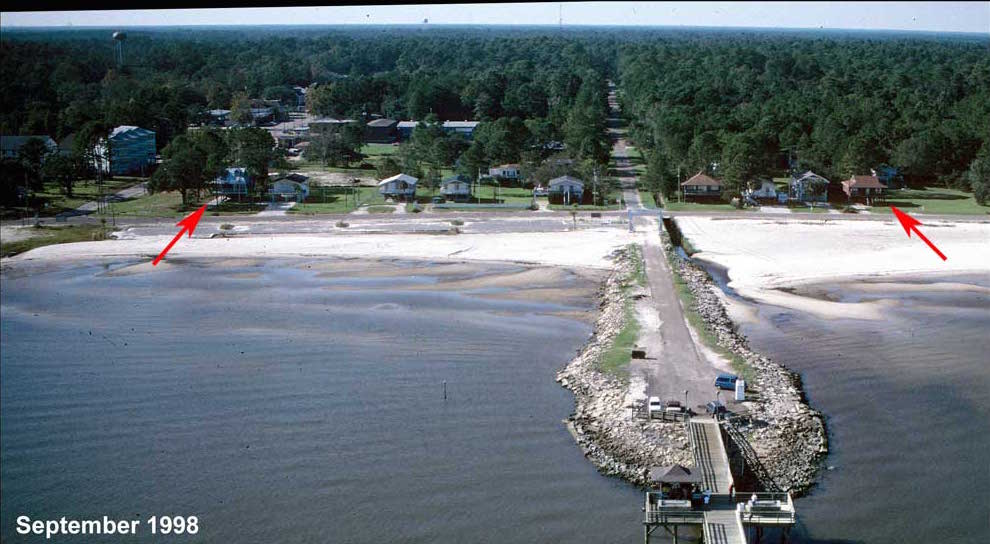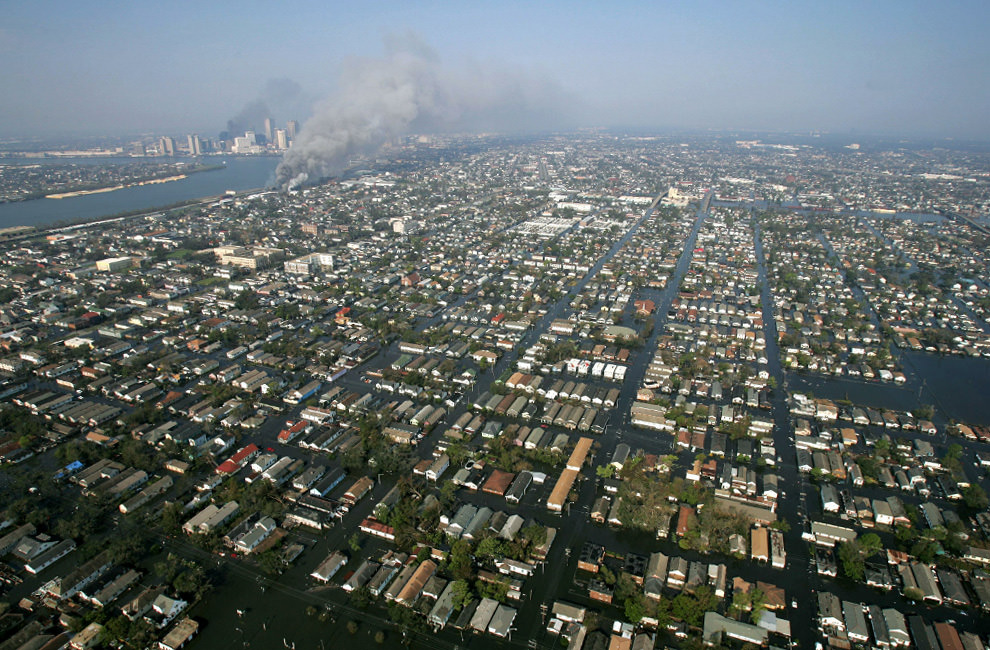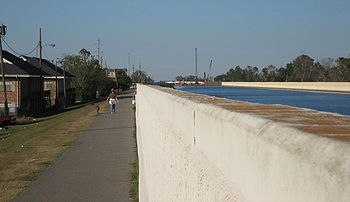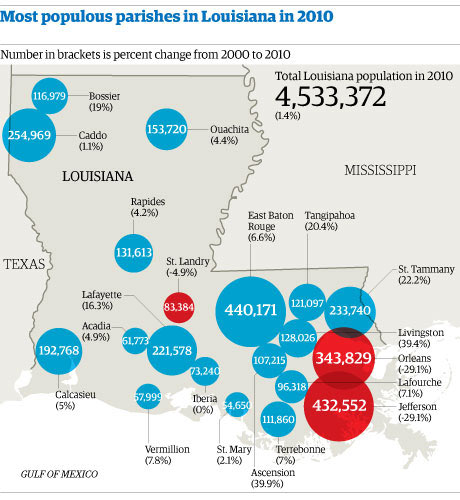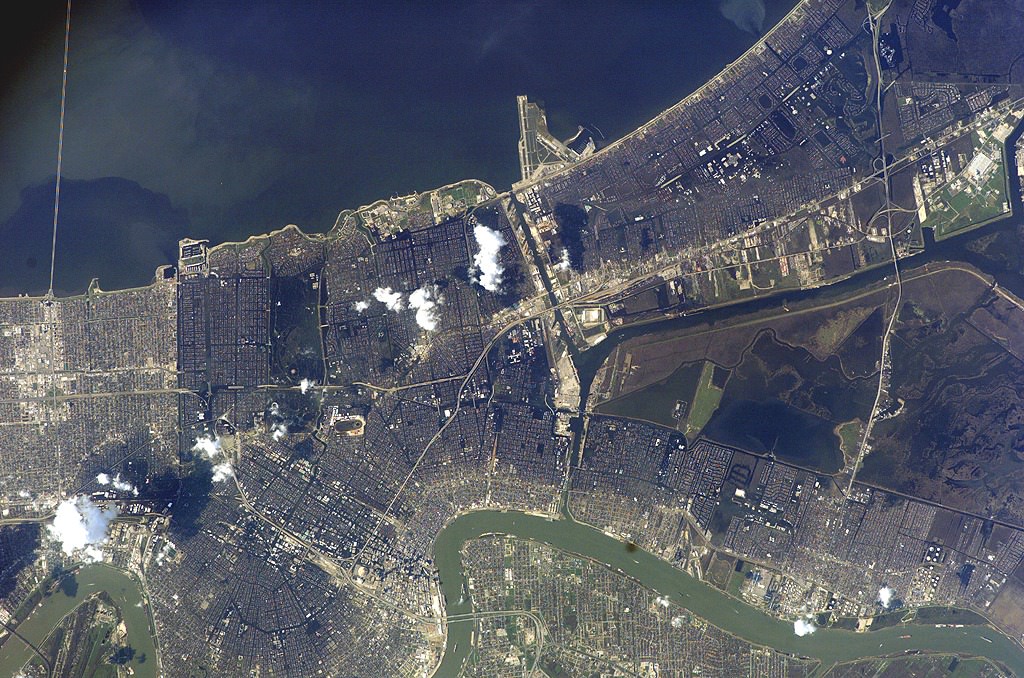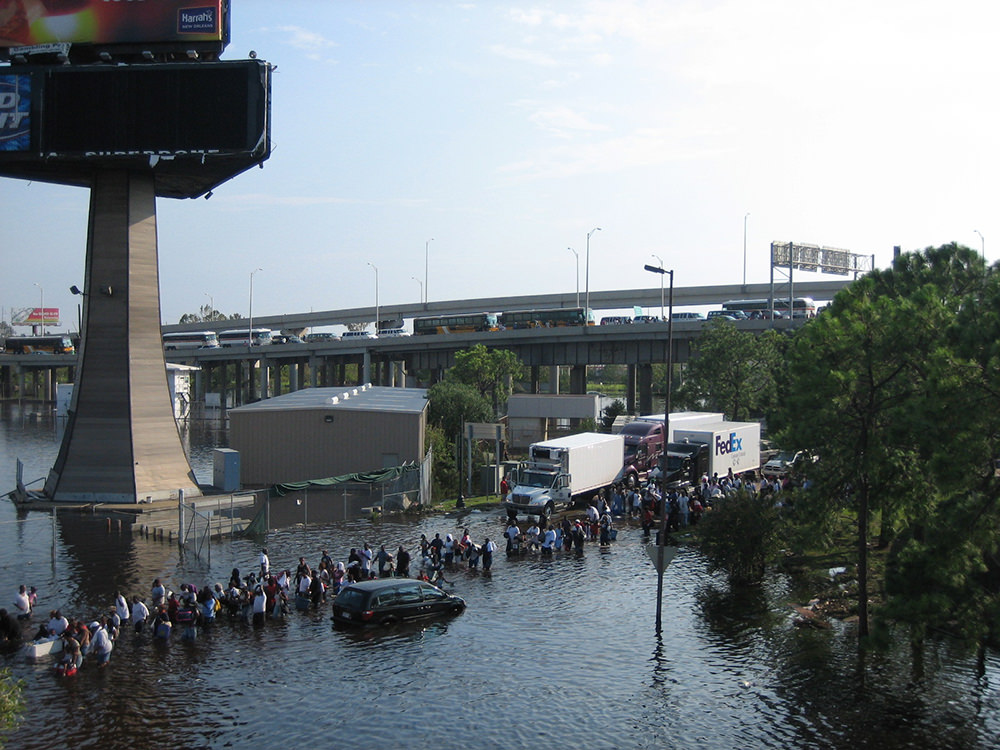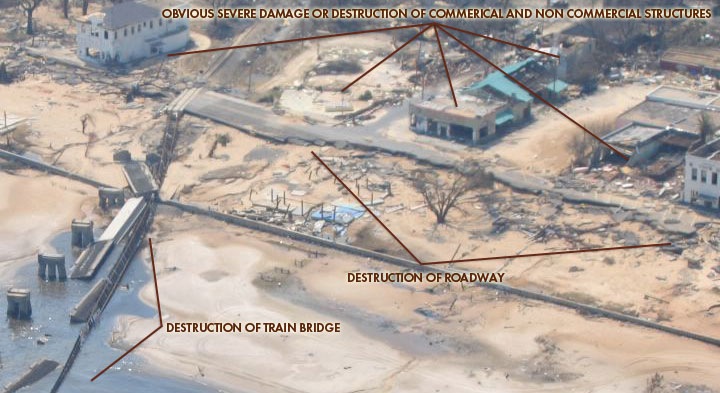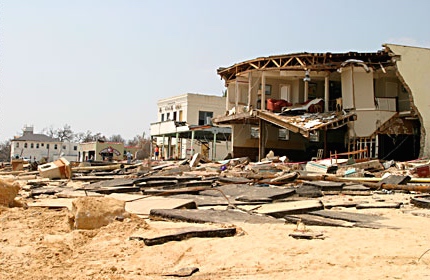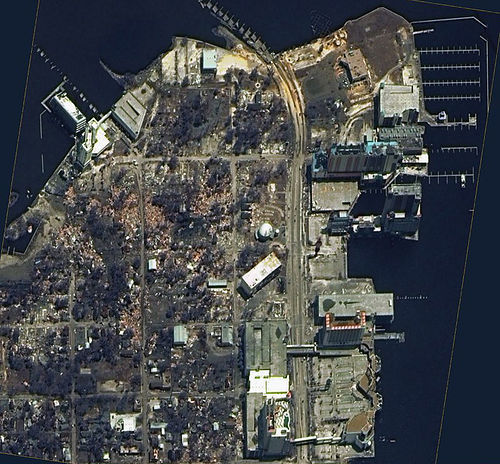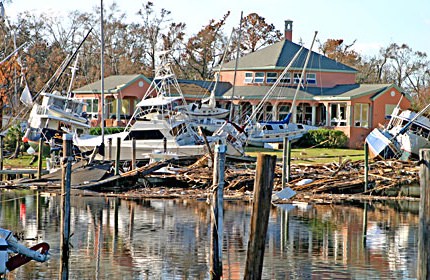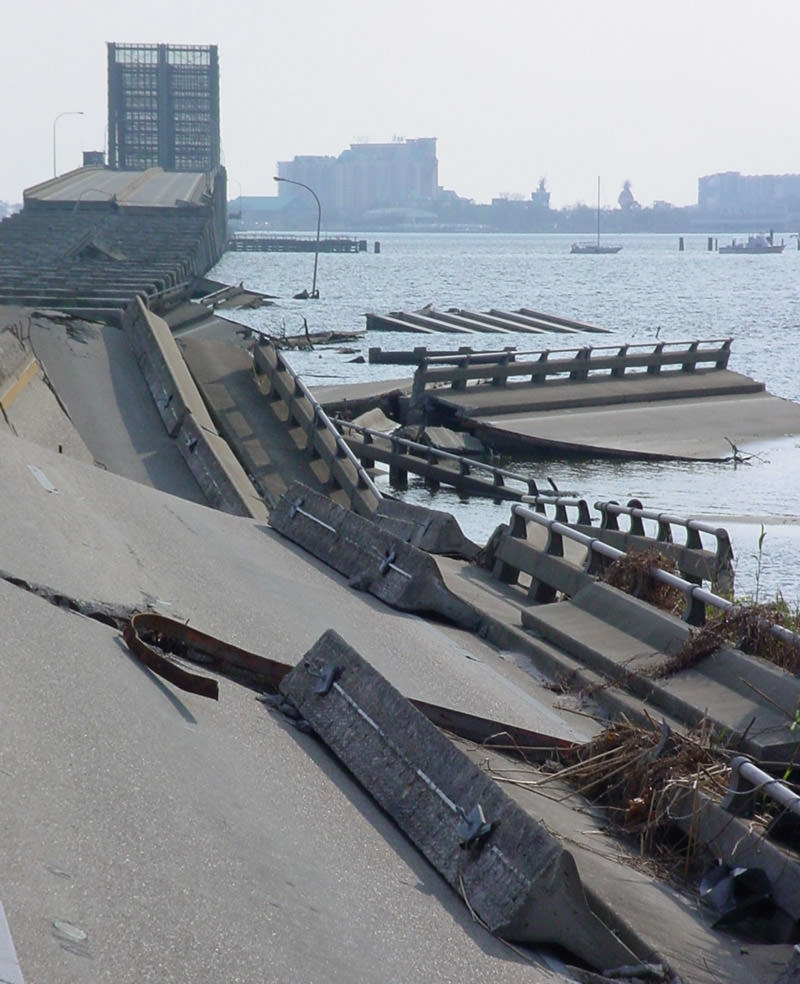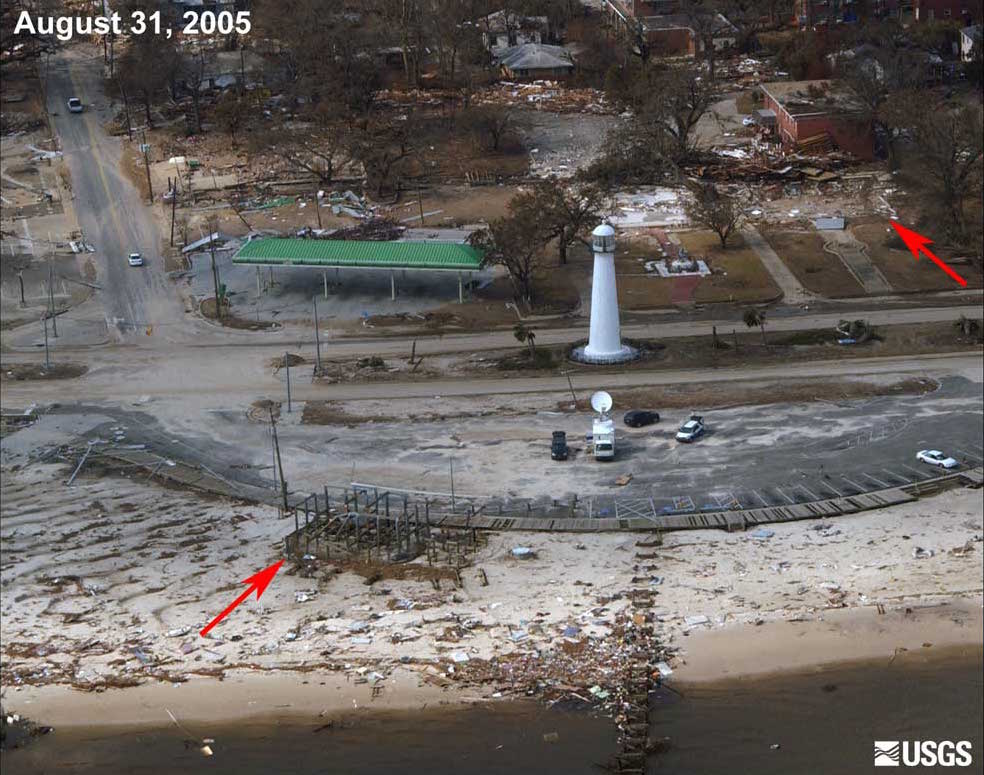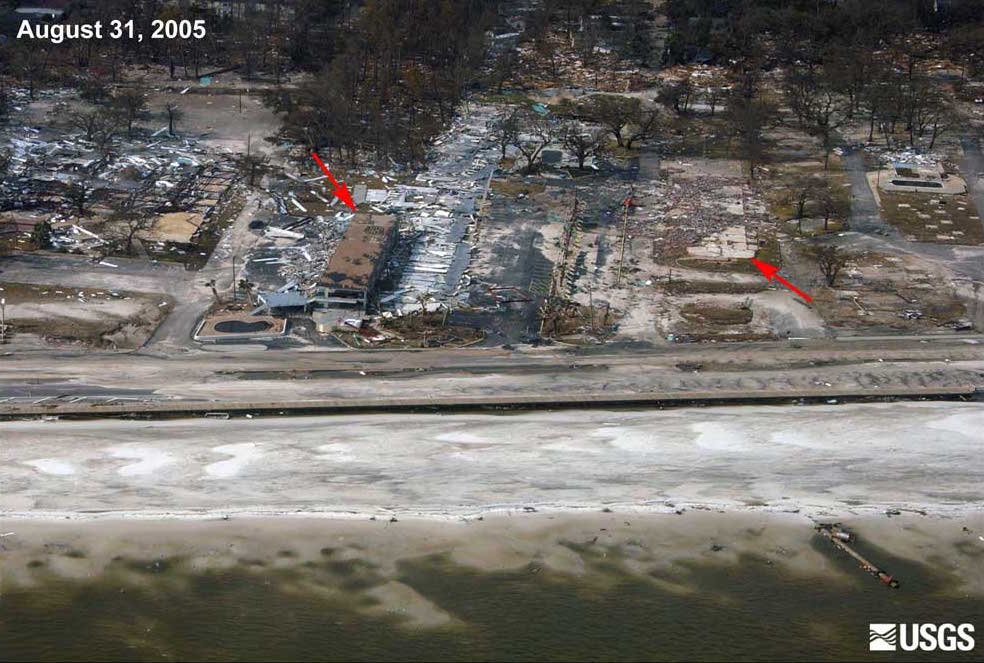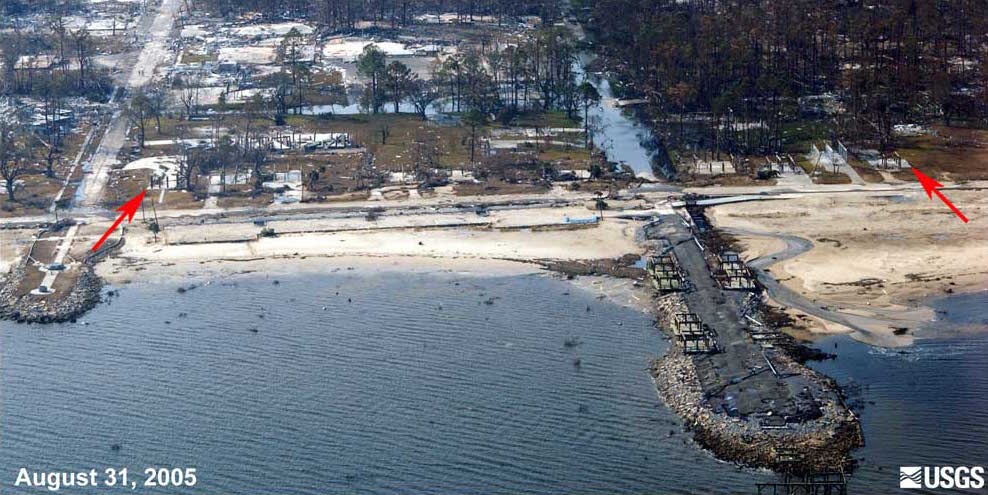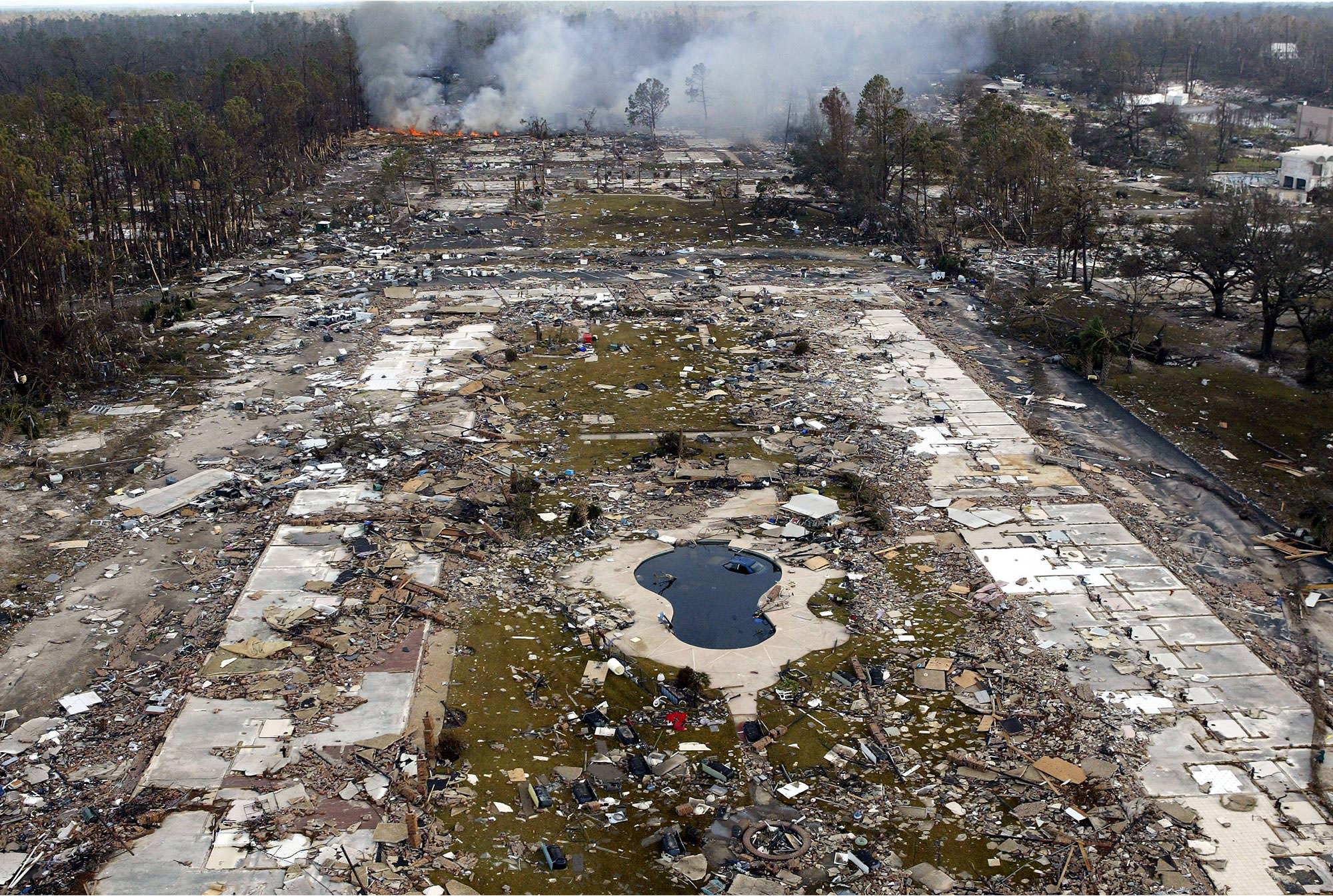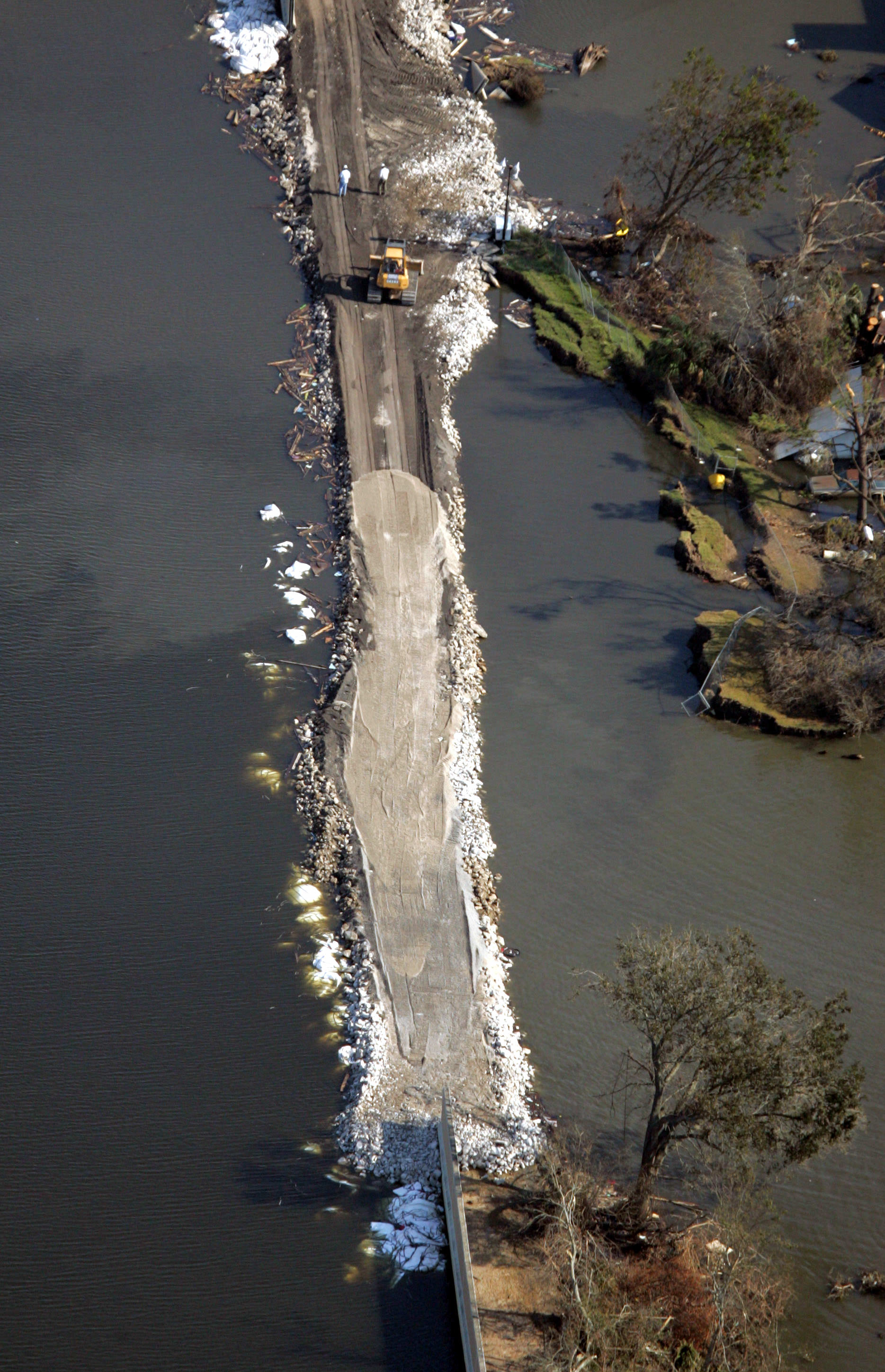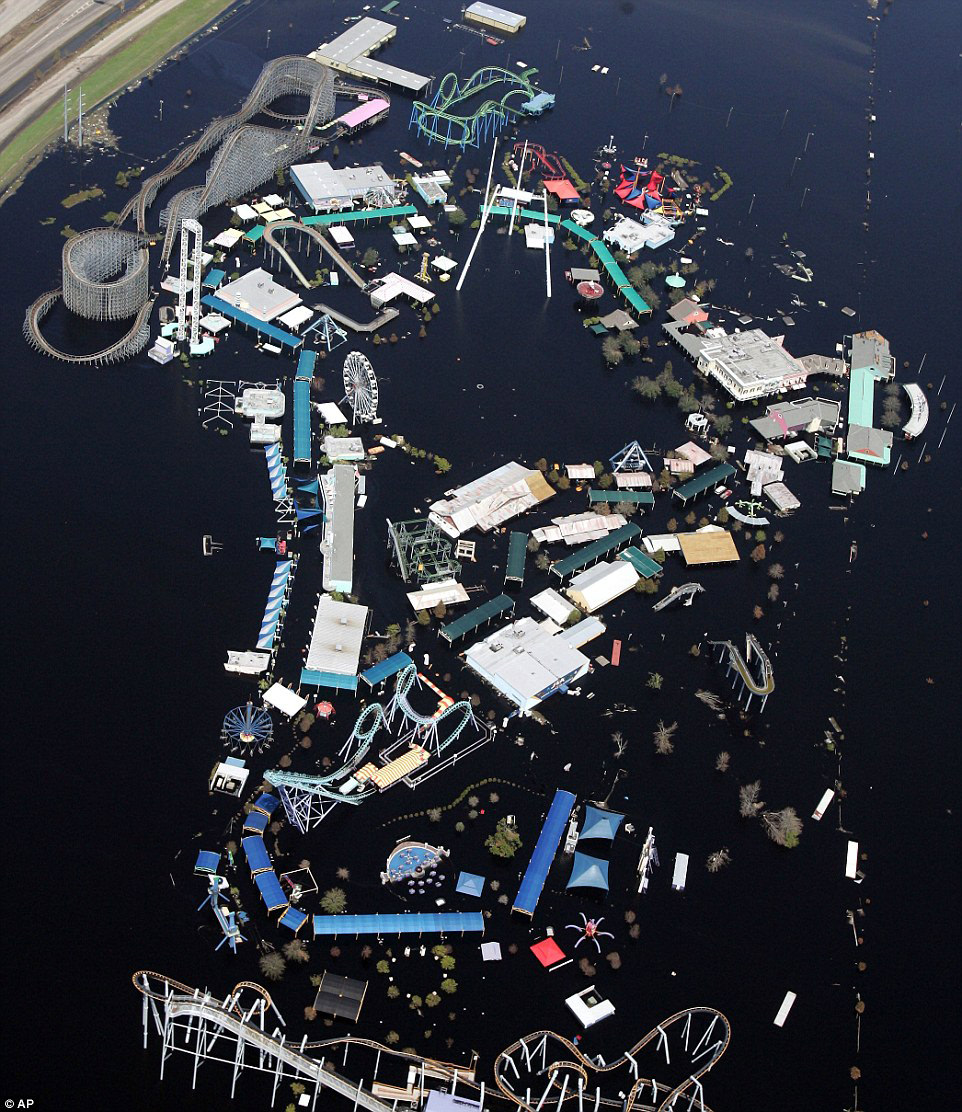Country: USA
[ Hazard ]
Storm Lifespan
August 16, 1992 - August 28, 1992
- Max. Wind Speed
164mph - Max. Surge Height
17ft - Max. Category
5
Notable Features
• 1st name storm of 1992.
• Rapid strengthening occurred in the Caribbean; Andrew reached hurricane strength on the 22nd and Category 4 status on the 23rd. Andrew made landfall as a Category 5 at Homestead, FL on August 24th, 1992.
Source(s)
• NOAA
 gallery
gallery 
Country: USA
[ Hazard ]
Storm Lifespan
August 23, 2005 - August 31, 2005
- Max. Wind Speed
175mph - Max. Surge Height
28ft - Max. Category
5
Notable Features
• 11th named storm of 2005.
• Ranked as the third most intense United States Tropical Cyclone.
• Katrina became a hurricane just before making a Florida landfall near the Miami-Dade/Broward county line during the evening of August 25th. The hurricane moved southwestward across southern Florida into the eastern Gulf of Mexico on August 26th. Katrina then strengthened significantly, reaching Category 5 intensity on August 28th. Katrina made landfall as a Category 3 at Buras-Triumph, LA on August 29th, 2005.
Source(s)
• NOAA
 gallery
gallery 
[ Exposures ]
Principal Area of Impact
Homestead / Miami-Dade County / South Florida
- Population Prior to the Event
2,011,174 Estimated (Miami-Dade County, 1992)
Previous Year’s Gross Domestic Product (GDP)
$6.174 Trillion USD (1991)
Previous Year’s Gross Domestic Product Per Capita
$24,404.99 USD (1991)
Source(s)
• Time Series of Florida Intercensal Population Estimates by County: April 1, 1990 to April 1, 2000, United States Census Bureau
• World Bank Group
 gallery
gallery 
[ Exposures ]
Principal Area of Impact
New Orleans, LA – Biloxi, MS / US Gulf Coast
- Population Prior to the Event
1,471,655 Estimated (Orleans, Saint Bernard, Plaquemines, Jefferson, Saint Tammany, Saint Charles, Lafourche, Tangipahoa Parishes, 2005)
376,461 Estimated (Hancock, Harrison, Jackson Counties, 2005)
Previous Year’s Gross Domestic Product (GDP)
$12.27 Trillion USD (2004)
Previous Year’s Gross Domestic Product Per Capita
$41,921.71 USD (2004)
Source(s)
• Annual Population Estimates: 2000 to 2005 County Totals, United States Census Bureau
• World Bank Group
 gallery
gallery 
[ Vulnerabilities ]
Governance
World Bank Group Indicator –
Regulatory Quality (Percentile Rank):
Not Available
World Bank Group Indicator - Government Effectiveness (Percentile Rank):
Not Available
World Bank Group Indicator –
Rule of Law (Percentile Rank):
Not Available
World Bank Group Indicator – Voice and Accountability (Percentile Rank):
Not Available
World Bank Group Indicator – Political Stability and Absence of Violence (Percentile Rank):
Not Available
Corruption
World Bank Group Indicator – Control of Corruption (Percentile Rank):
Not Available
Transparency International Corruption Perception Index Score:
Not Available
Transparency International Corruption Perception Index Rank:
Not Available
Development
World Bank Group - GINI Index:
Not Available
Previous Year’s Human Development Index Score (HDI):
0.976 (1990)
Previous Year’s Human Development Index Rank (HDI):
6 out of 160 (1990)
Source(s)
• World Bank Group
• Transparency International
• UNDP Human Development Report 1992
 gallery
gallery 
[ Vulnerabilities ]
Governance
World Bank Group Indicator –
Regulatory Quality (Percentile Rank):
93.1 (2004)
World Bank Group Indicator - Government Effectiveness (Percentile Rank):
92.2 (2004)
World Bank Group Indicator –
Rule of Law (Percentile Rank):
91.4 (2004)
World Bank Group Indicator – Voice and Accountability (Percentile Rank):
89.4 (2004)
World Bank Group Indicator – Political Stability and Absence of Violence (Percentile Rank):
38.5 (2004)
Corruption
World Bank Group Indicator – Control of Corruption (Percentile Rank):
92.6 (2004)
Transparency International Corruption Perception Index Score:
7.5 (2004)
Transparency International Corruption Perception Index Rank:
17 out of 145 (2004)
Development
World Bank Group - GINI Index:
Not Available
Previous Year’s Human Development Index Score (HDI):
0.948 (2004)
Previous Year’s Human Development Index Rank (HDI):
8 out of 177 (2004)
Source(s)
• World Bank Group
• Transparency International
• UNDP Human Development Report 2006
 gallery
gallery 
DR
CatR
[Risk]

